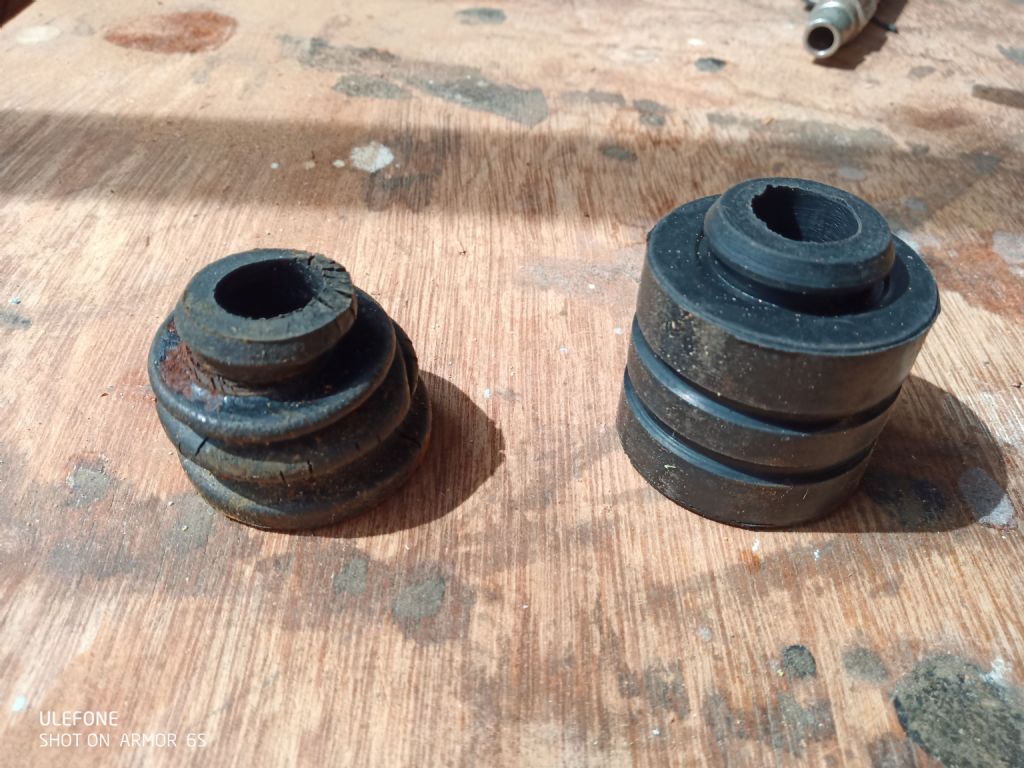Fix depends on whether the sound is being transmitted through the panels and vents or comes via excitation of vibration modes in the sheet metal panels.
Acoustic foam and similar absorbing / deadening materials are good for direct air transmission through vents and panels as they reduce the energy bouncing around in the air inside the cabinet before it can escape.
Panel vibration modes need the panel stiffened to prevent it shaking. Although lead sheet is the traditional way pretty much anything reasonably stiff will do. Lead works primarily by adding mass so iut takes much more energy to excite the panel and, usually, alters the frequency response. Biggest advantage is that a thin layer makes a decent difference. Direct stiffening by gluing a layer of plywood or similar works fine but does need to be thicker. Couple of inches of rigid foam sheet combines both strategies and is effective but usually the thickness needed cant be accommodated.
Rubber feet and similar mounts are primarily to reduce coupling into the structure that the unit is standing on. Structural coupling can give vey unexpected effects.
A few months back I moved my hydrovane compressor from the hutch outside into the sectioned off garden shed part of the workshop building and hit a resonance. Despite still being on the same concrete slab. Probably due to the sectioning wall being only single skin chipboard. Fixed by standing on a pallet style structure. The wood sections and joints absorbed the vibration before it got to the floor. Old tyres laid flat on the floor with a plywood top for the offending unit to stand on are really good at this job but hardly practical for your situation. Small pallet style base sitting on a carpet off-cut could probably be made aesthetically acceptable if structural coupling is the issue.
Clive
old mart.





